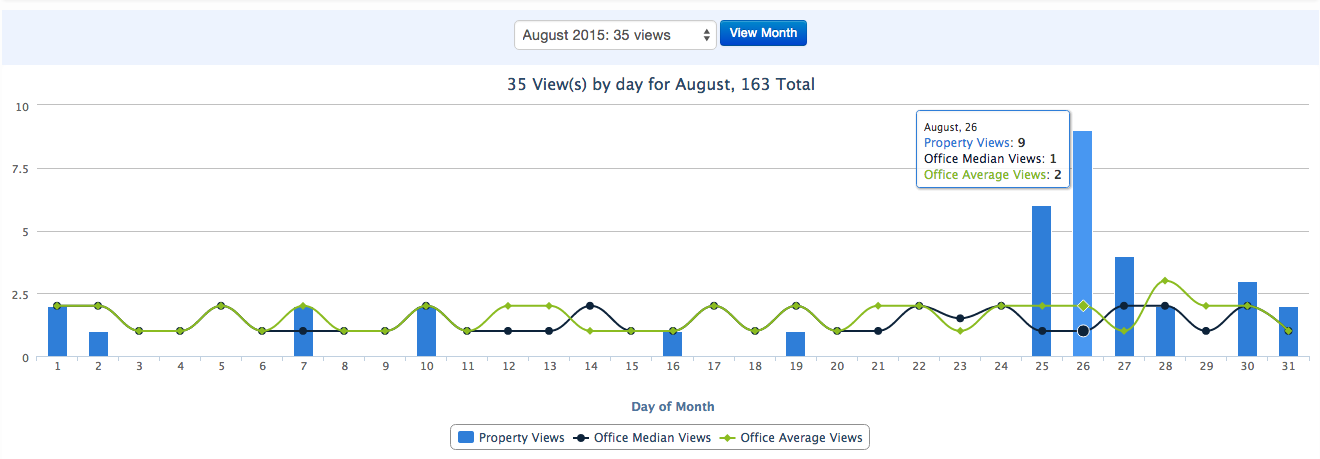 Every webinar, seminar, or marketing guru will tell you how important your website is. There’s no doubt it’s one of the most important aspects of your business, but driving traffic to your site is equally as important.
Every webinar, seminar, or marketing guru will tell you how important your website is. There’s no doubt it’s one of the most important aspects of your business, but driving traffic to your site is equally as important.
It’s critical for you to get your audience in the habit of coming to your website as opposed to your social media platforms for your content. Sure, social media is key to driving traffic to your website, but social media should be a vehicle you use to build up your website and your email list.
So, along with social media, what other ways can you drive traffic to your website? We’ve complied some real estate marketing ideas to help you build a holistic plan for driving traffic to your site.
-
Blogging
Blogging is a number one strategy for driving more traffic to your site. It’s a crucial real estate marketing idea and one strategy you should put into action. The more blog posts or articles you produce, the more chances you’ll rank in the search engines.
The key to blogging successfully is to have a plan. Identify the keyword you want to rank for, and create a series of posts using that targeted keyword. Blogging really is one of the best ways to promote your business.
-
Social Media
A social media marketing strategy is crucial for driving traffic to your website. A common mistake many people make is sharing links and blog posts that drive traffic to other people’s websites. While that is important and something you should do, it’s also important to share your recent blog posts, too.
-
Video Marketing
Video marketing or vlogging is becoming more and more popular. When you give your audience different ways to consume your content, you’re able to reach clients who might not be a fan of reading, but will happily watch a short video. This is also a great way to market to new clients. Consider creating a custom video for them to show you’re willing to go the extra mile and will employ cutting edge marketing strategies.
-
Paid Advertising
When the word “paid” is mentioned, many shy away. One thing that might be a no brainer, however, is to spend a budgeted amount per customer on either Google PPC ads or Facebook ads. Facebook ads allow you to target your audience very specifically—zip code, interests, ages, etc. You can even use this to promote your blog posts, especially if you’ve blogged about a recent home for sale.
-
Custom Property Landing Pages
Create a custom real estate landing page for your property, and promote your listing on social media. Be sure to use high resolution photos and a stunning description. Instead of driving traffic to other real estate for sale sites, drive buyers to yours. They might decide they don’t like the property, but they might find another one of yours on your site that they’d like to view.
-
Event Marketing
Event marketing may seem dead, but it adds a personal touch and is a great way to build rapport. Host a weekly coffee and bagels event for other real estate agents and share your custom property landing pages. They will in turn share your links with their clients, and you’ll also see additional properties your clients might be interested in. Event marketing may be old school, but it is still a great networking activity.
-
Car Advertising
Sure, your kids or spouse might be a little embarrassed to ride in the mobile custom billboard promoting your business, but it’s great for brand awareness. Everywhere you drive, people will connect you with real estate. Your name will likely be the first that comes up among friends and family members when someone mentions he or she is looking for a real estate agent.
-
Use Your Email Signature
How many emails do you send a day? You likely send a lot. Your email signature is the perfect real estate marketing idea. Make sure your email signature has a link to your website; you can even have a designer create banner ads that you can switch out for an even greater impact.
-
Email Marketing
Build your email list and create a marketing newsletter. Make sure to add value to your readers, so include links to local businesses, events, and coupons—find creative ways to give your readers more. This is a great way to stay on past clients’ radars for the next time they’re ready to buy or know someone who is. Send links to trendy home design ideas or pictures along with your new property listings, so new buyers also see the value add.
-
Network Marketing
Build relationships with local business owners and find out if they’re willing to create a joint marketing agreement. Allow them to advertise in your newsletter if they let you leave your business cards at their front desk.
-
Open Houses
This may seem like a given, because home owners expect you to have an open house. If you’re using social media, email marketing, and blogging, you can promote your open house far better than the average agent who isn’t using all of these techniques. Have a flyer available with the properties custom landing page and information about your informative and useful blog.
-
Webinars
Use Google Hangouts or other webinar software to host a webinar at your open house for out of state buyers that might not be able to show up. You can also host a free webinar with informative tips and educational information to draw in first time home buyers. Promote your webinars on Facebook and social media, and you’ll have an even better turn out.
-
Search Engine Optimisation
Search engine optimisation can be highly technical so you might need to hire help for this one. Make sure each page of your website has a purpose and a plan, so you can reach your audience. Your blog will help, but it’s vital to identify keywords for each page, too.
-
Podcasting
It might seem like we’re being inundated with podcasts, but they’re still a great networking and marketing activity. Create a community podcast to promote events and businesses in your local community; it’s a great way to become a community expert.
-
Community Service
Serve your community. Relationship building is a natural byproduct of serving. You never know who is buying or selling a house, and people are more likely to use a real estate agent whom they know and trust.
 The team at iProperty knows how time consuming it can be adding all your Open Homes, week in and week out. Well now your life has just become even easier with the Bulk Open Home Manager. This awesome feature will allow you to create multiple open home times for multiple properties, all in one page.
The team at iProperty knows how time consuming it can be adding all your Open Homes, week in and week out. Well now your life has just become even easier with the Bulk Open Home Manager. This awesome feature will allow you to create multiple open home times for multiple properties, all in one page.

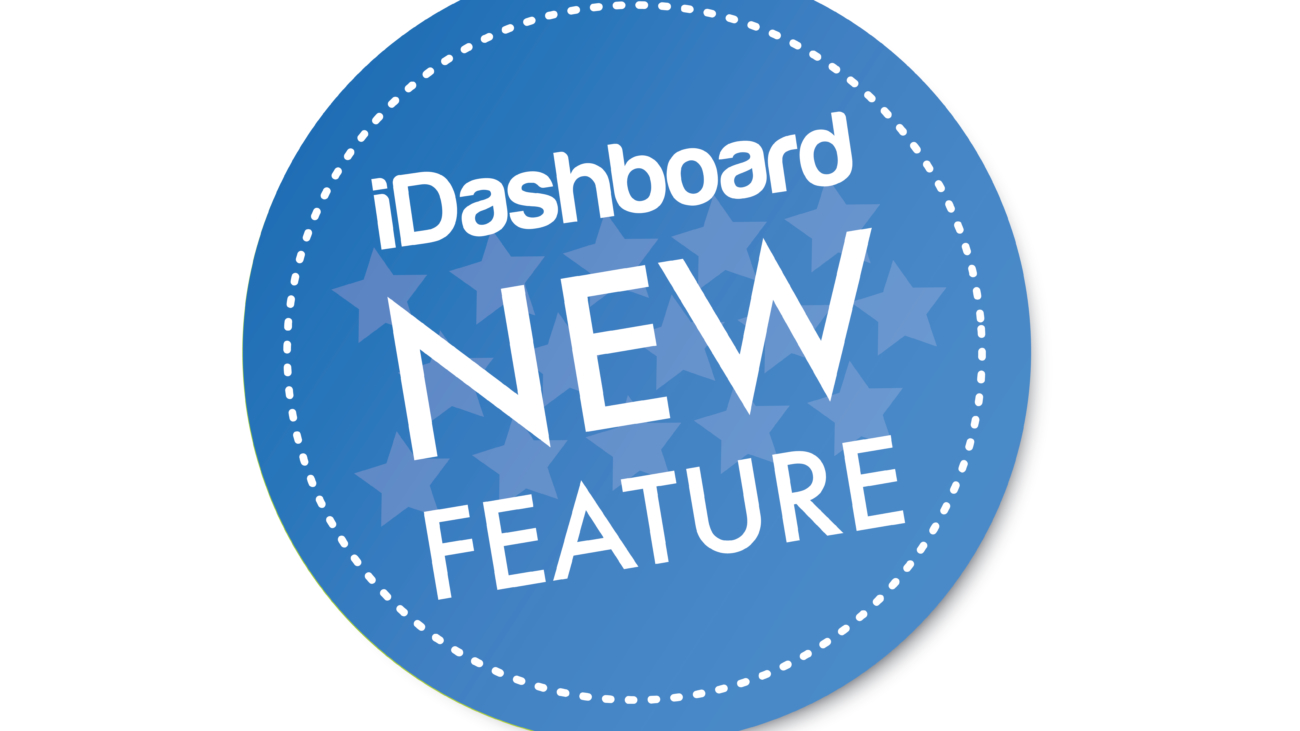
 The team at iProperty are proud to announce the addition of New Property Reports in iDashboard.
The team at iProperty are proud to announce the addition of New Property Reports in iDashboard.
 Every webinar, seminar, or marketing guru will tell you how important your website is. There’s no doubt it’s one of the most important aspects of your business, but driving traffic to your site is equally as important.
Every webinar, seminar, or marketing guru will tell you how important your website is. There’s no doubt it’s one of the most important aspects of your business, but driving traffic to your site is equally as important.
 It seems long forgotten, but there was a day when we were excited to see an email in our inbox. When email first made its way into mainstream business, we jumped at the you’ve-got-mail ding. Fast forward to today, and the constant pinging of email creates more stress than excitement.
It seems long forgotten, but there was a day when we were excited to see an email in our inbox. When email first made its way into mainstream business, we jumped at the you’ve-got-mail ding. Fast forward to today, and the constant pinging of email creates more stress than excitement.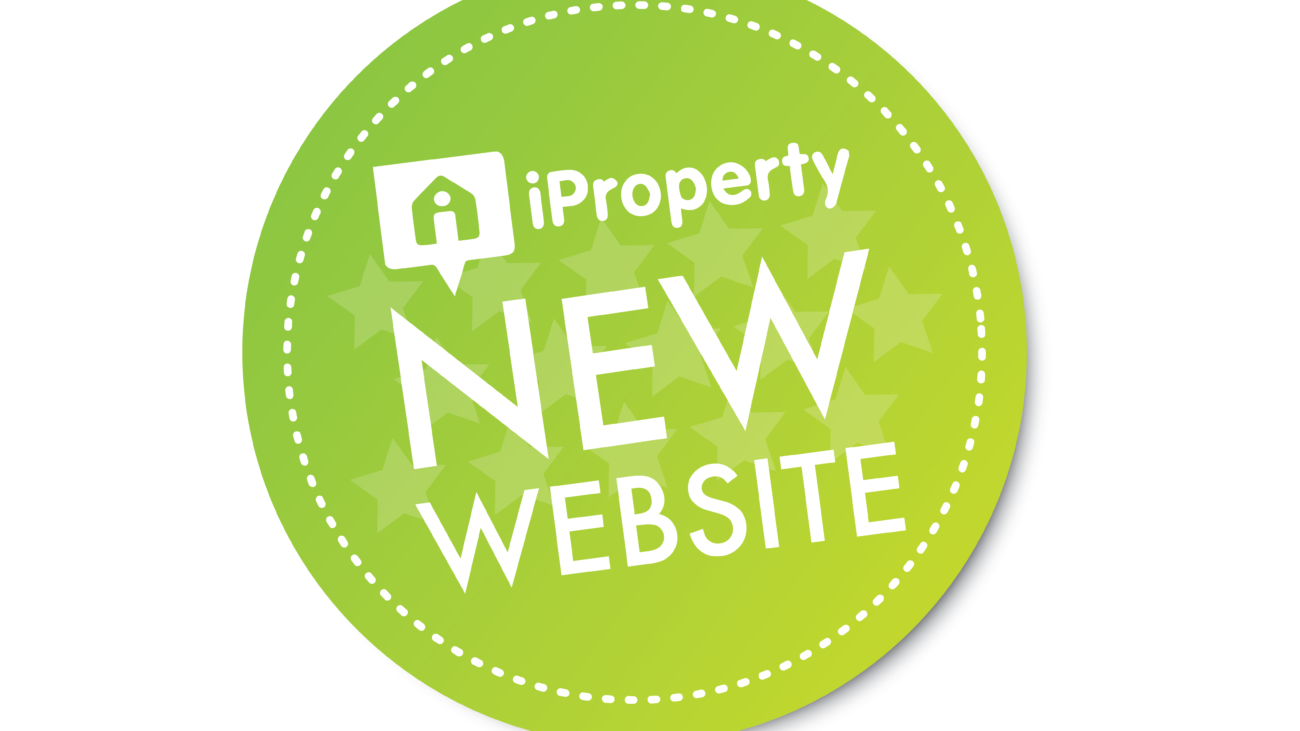
 Wyndham Real Estate came to iProperty looking for new branding & a great looking website. Wyndham Real Estate took advantage of our fantastic Special Offer Package for New Companies or Established Companies looking to update or refresh their branding.
Wyndham Real Estate came to iProperty looking for new branding & a great looking website. Wyndham Real Estate took advantage of our fantastic Special Offer Package for New Companies or Established Companies looking to update or refresh their branding.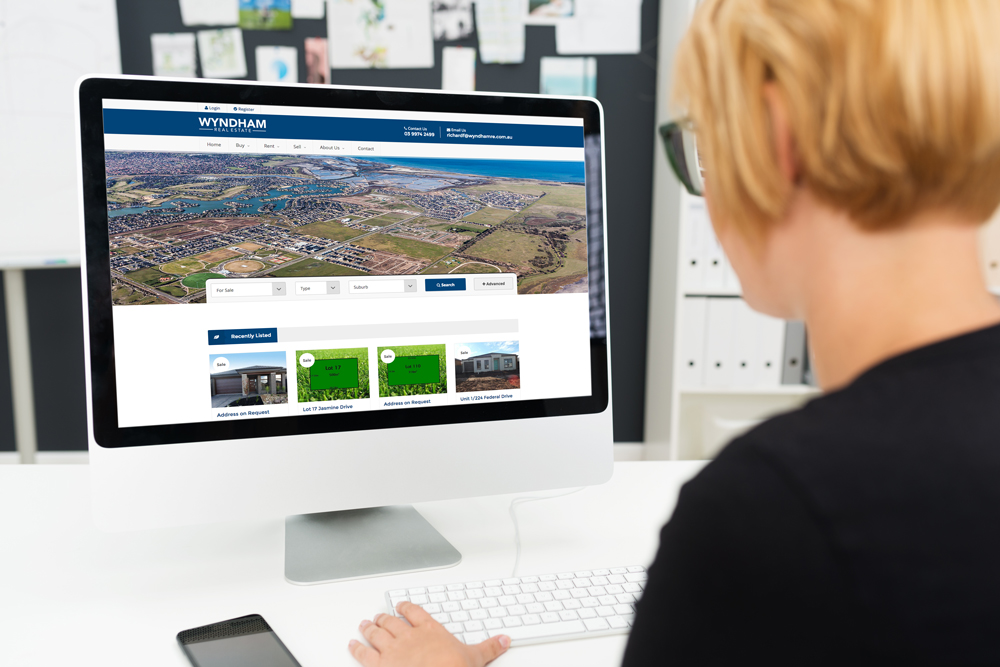
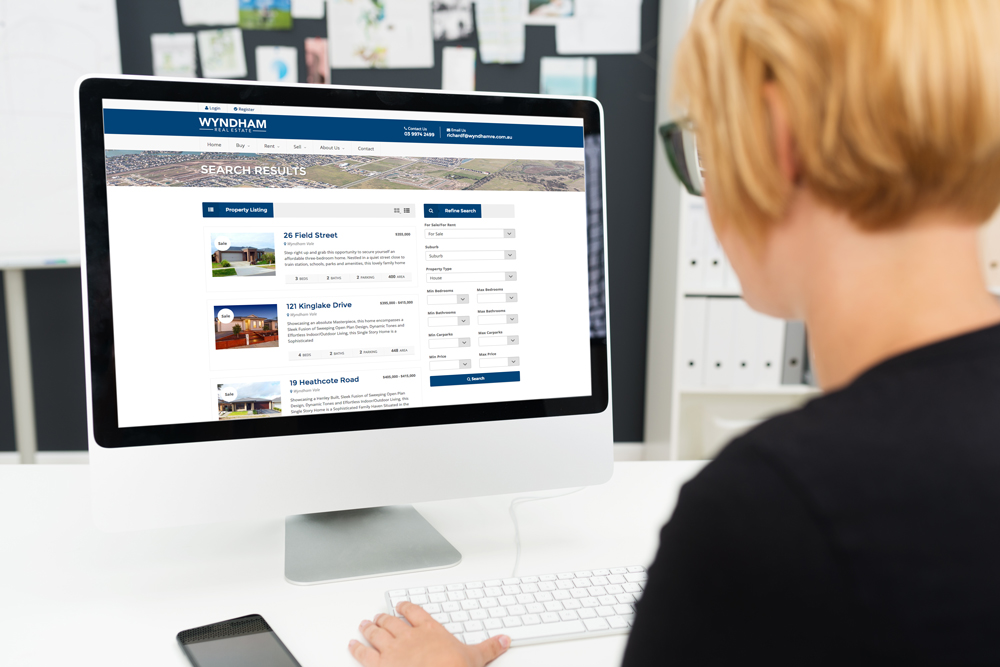


 We go to Google for all of our questions, and it appears to have all of the answers. With Google’s new Project Sunroof, the search engine giant now can answer the question: What’s my roof’s potential for solar power?
We go to Google for all of our questions, and it appears to have all of the answers. With Google’s new Project Sunroof, the search engine giant now can answer the question: What’s my roof’s potential for solar power?
 Mobile for Voice, Messaging, and Internet Access
Mobile for Voice, Messaging, and Internet Access

